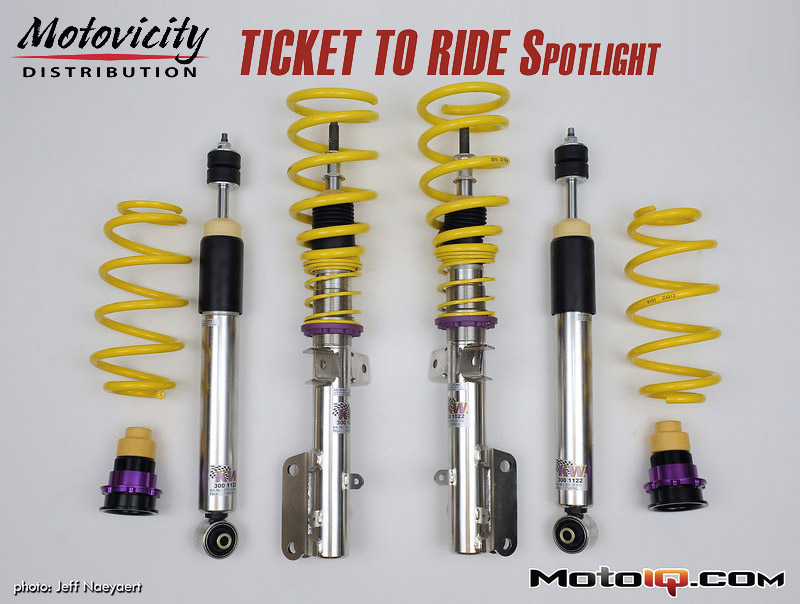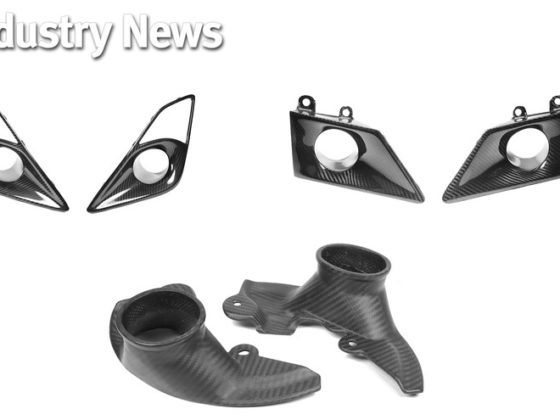
Motovicity Ticket To Ride Spotlight: KW Suspension 2013 Mustang Variant III Coilovers
By Mike Kojima
As we collect parts for our Ticket To Ride 2013 Ford Mustang, our focus has turned to the suspension. In our last segment of Ticket To Ride, we looked at some sway bars, braces, 4 link geometry correcting links and a Watts link from Whiteline to make sure that the Motivicity machine is well on its way towards world class cornering performance.
With the chassis side of the suspension in good hands, we are in dire need of some quality coil overs to improve our Mustang's handling and lower it. We went to KW Suspension for what we feel is one of the best off the shelf street coilover packages for the Mustang, The KW Variant III coilover. The KW VIII has one of the best combinations of everyday driving comfort, OEM like durability and the ability to be adjusted from daily comfort to serious track use with any combination of wheel tire and swaybar you might have on your car.
Lets take a closer look at them.
 |
| The front KW V III is a direct replacement for the stock Mustang's McPherson strut. The KW part is super high quality using a stainless steel body for all season anywhere corrosion resistance. With a stainless engineering plastic covered spring seat, the KW will not rust solid like your typical coilover even if exposed to a salty North East winter. The body is adjustable for ride height and uses a conical progressive spring that integrates with the stock upper shock mount. The stock upper mount is used for OEM like NVH characteristics. |
 |
| The KW strut uses a fairly high rate tender spring. This helps inside wheel traction in the turns by keeping it in contact with the ground and ensures that the main spring will not become unloaded which can cause clunking noises. |
 |
| One of the coolest things about the KW V III is that the damping is adjustable in two ways independently of each other. The compression and rebound damping are tunable separately. This gives tremendous flexibility in the ability to adjust the shock for anything from track use or autocross with sticky R Compound tires to driving around every day to work. The compression damping is adjusted here at the bottom of the strut. |
 |
| The rebound damping is adjusted at the top. Generally, you want to run the most amount of compression and the least amount of rebound to get the job done. To find your baseline you start with the shock fully soft and first increase the compression until the car gets harsh and skippy, then back off. Next, you adjust the rebound until the ride gets too jiggly then back off a bit. You can consider the shocks to be like weight transfer capacitors from that point and tweak the compression and rebound to make the car respond the way you want it to. |
 |
| These machined aluminum spacers easily adapt the shock shaft to the stock upper shock mount with no play or rattles. |



